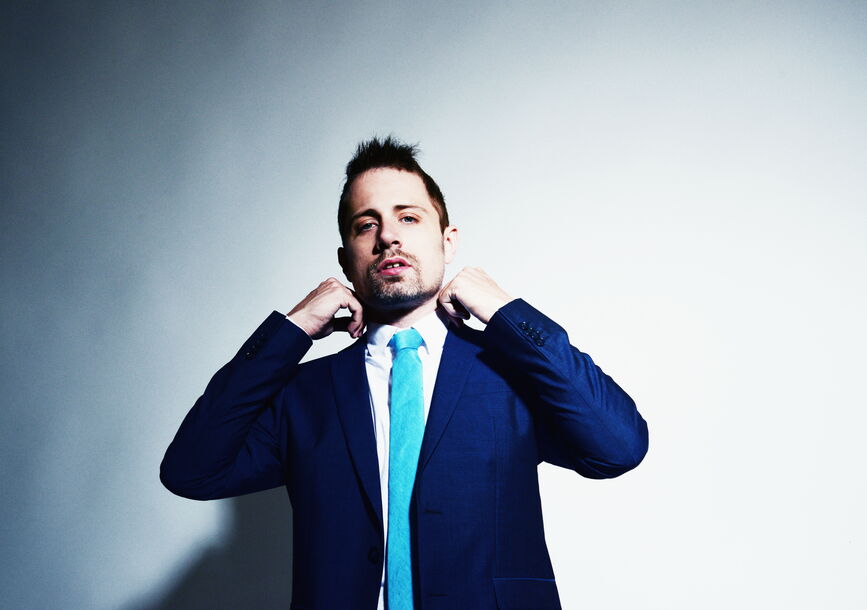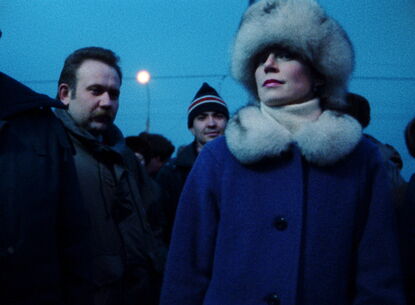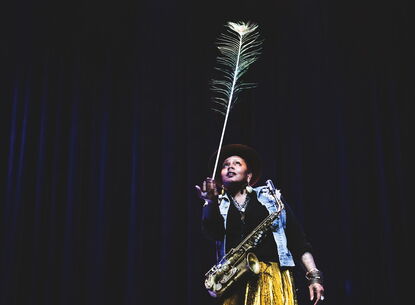
about the artists
Marquis Hill
From his beginnings as one of Chicago’s most thrilling young trumpeters, to his current status as an internationally renowned musician, composer and bandleader, Marquis Hill has worked tirelessly to break down the barriers that divide musical genres. Contemporary and classic jazz, hip-hop, R&B, Chicago house, neo-soul—to Hill, they’re all essential elements of the profound African-American creative heritage he’s a part of. “It all comes from the same tree,” he says. “They simply blossomed from different branches.” Born in Chicago in 1987 and raised on the city’s culturally rich South Side, Hill began playing drums at age 4, before switching to trumpet in the 6th grade. He attended high school at Kenwood Academy, excelling in its revered jazz-performance program, and was mentored by Bobby Broom, Willie Pickens, Tito Carrillo and other Chicago greats through the Ravinia Jazz Scholars program. Hill earned his bachelor’s in music education from Northern Illinois University and his master’s in jazz pedagogy from DePaul University. During college he made gigs and sessions around Chicago, jamming with and absorbing wisdom from the likes of Fred Anderson, Ernest Dawkins and Von Freeman. Even then, Hill was known in town as a stunningly gifted trumpeter with a soulful, highly textured tone. His sound is now somehow both deeply distinctive and a tour through jazz-trumpet history, evoking the high-drama stillness and space of Miles; the undeniable virtuosity of Clifford Brown and Freddie Hubbard; the groove-savvy phrasing of Lee Morgan and Donald Byrd; and much more.
John Escreet
Over the course of his career, John Escreet has earned a reputation as one of the most active and diverse pianist/composers working in jazz and improvised music. His prolific output is reflected over the course of 8 diverse and critically acclaimed albums. Bursting on to the scene with his 2008 debut album Consequences, Escreet quickly earned a reputation as one of the most exciting new pianist/composers to have emerged in recent years, with Downbeat magazine proclaiming “John Escreet’s recent debut Consequences signals the jumpstart of a new voice in jazz.” Similar praise followed for his 2010 sophomore release Don’t Fight The Inevitable, of which The New York Times’ Ben Ratliff said “… on an ambitious second album, the pianist John Escreet seems to be thinking about where jazz can go next. He’s using lots of structure and instrumental texture, cruising through different languages, straight-ahead and free and in between; it’s like a tour of the last 25 years of serious jazz.”




